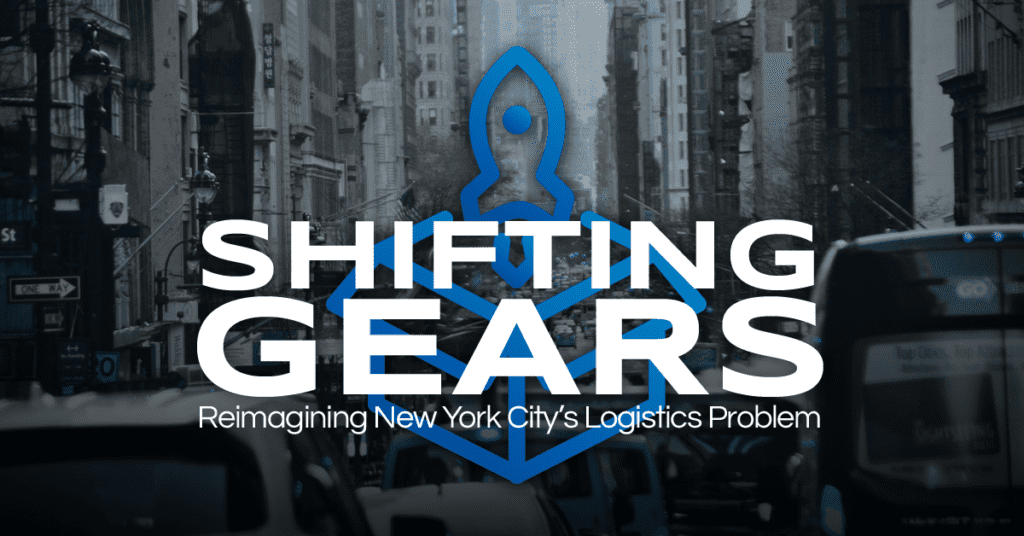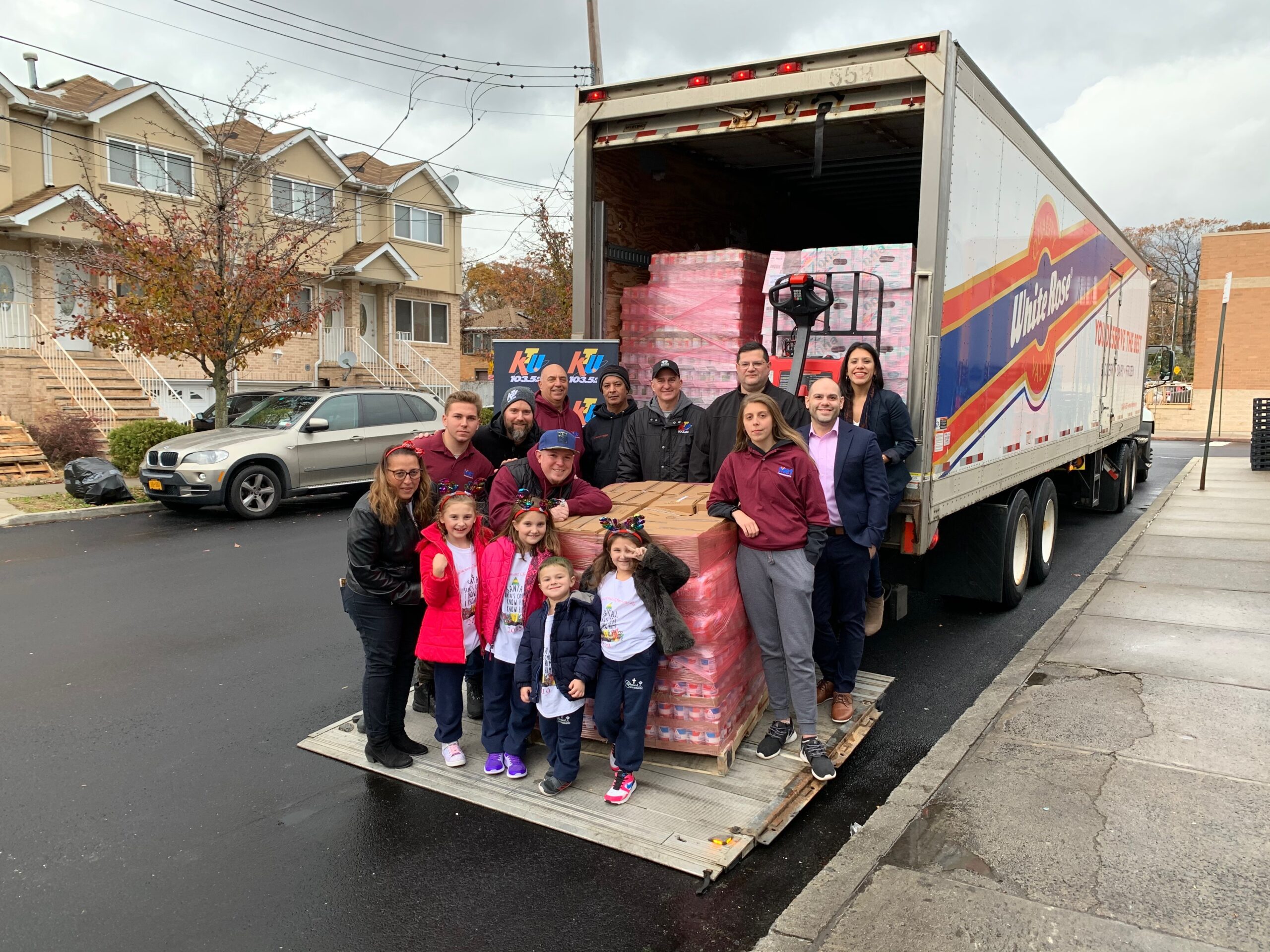
Get ready, New York City! A major overhaul of the city’s trucking routes is underway for the first time since the 1970s. The City Council has proposed legislation to address the outdated trucking route map, and lawmakers are insisting on involving environmental and climate justice organizations in the redesign process.
The Current Dilemma
If you ask anyone about New York City, odds are they’ll think of the traffic, however, the problem goes far beyond just a traffic jam. One Bronx Council member, Amanda Farias, highlights some problems currently faced by residents including trucks clogging roadways, blocking crosswalks, and taking up parking spaces. All of which echo, impacting many different areas of day to day life.
According to DOT Deputy Commissioner for Transportation Planning and Management, Eric Beaton, the increasing number of trucks on city streets in recent years is largely without a doubt, attributed to the pandemic’s boom in online orders and deliveries. Beaton believes it’s time we take a moment and thoroughly rethink the trucking route network. He even suggested going as far as taking a completely fresh and new approach to the routes in light of changing delivery patterns.
Recently, Beaton openly disagreed with a recently proposed bill that would require the DOT to study street designs to keep commercial vehicles off residential streets, claiming that the effort would be better spent focusing on more specific location-based solutions. This bill, being first introduced last September, aims to redesign the truck route network completely and has already gained a mountain of support, with the latest numbers being 40 of the City Council’s 51 members.
Support Comes As No Surprise
This positive response in support of change should come as no surprise, to echo Beaton’s earlier point, the COVID-19 pandemic has significantly increased the volume of home deliveries across the nation. With that growth comes a need to reduce truck traffic on city streets. The DOT’s microhub program is part of a 2021 law passed by the City Council. Efforts to rethink logistic solutions have already begun, recently, the city announced plans to install 20 small delivery ‘hubs’ as soon as this summer.
These hubs will allow big delivery trucks to drop off online orders to one central location. Upon arrival, the goods will then go on to be delivered to people’s doors using low-emission vehicles, handcarts, or e-bikes, in an effort to reduce the number of delivery trucks on city streets.
Major voices such as Transportation Commissioner Ydanis Rodriguez, are placing clear emphasis on the importance of prioritizing equity when choosing the locations of these “microhubs”. This is due to the fact that polluted truck routes often pass through neighborhoods predominantly inhabited by people of color. However, the city must also consider where most deliveries are being made.
The plan is already underway and will begin this summer, beginning with an initial installation of 20 microhubs. After this pilot test, there are plans to continue to expand the program over the next three years. While these plans may sound great on the surface, to ensure success there must be thorough thought and review of the program. The new law also requires the city to release a report on how microhubs have worked in other parts of the country to truly gauge the impact of the program and measure the implications for microhubs across the nation.
While support is pretty much across the board, there are other voices advocating to be heard. One such voice is that of Danny Pearlstein, a Transit advocates from the Riders Alliance’s who argues that the city should also prioritize buses and trucks ahead of cars on major routes to ensure smooth transit for everyone commuting around the city.
Before You Hit The Road…
All in all, New Yorkers, buckle up and get ready for a new era of delivery and transportation as the wheels of change are set in motion!
If you made it to this part of the article, we’d just like to take a moment to thank you for taking the time to read it. Be safe out there and as always, If you’re in search of CDL A, B, or warehouse positions, check out our open positions. And if you need staffing solutions for commercial driving or industrial positions, be sure to explore our offerings.



